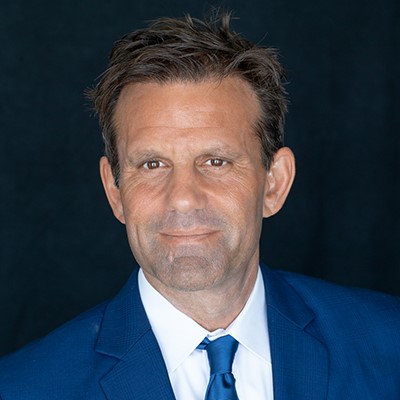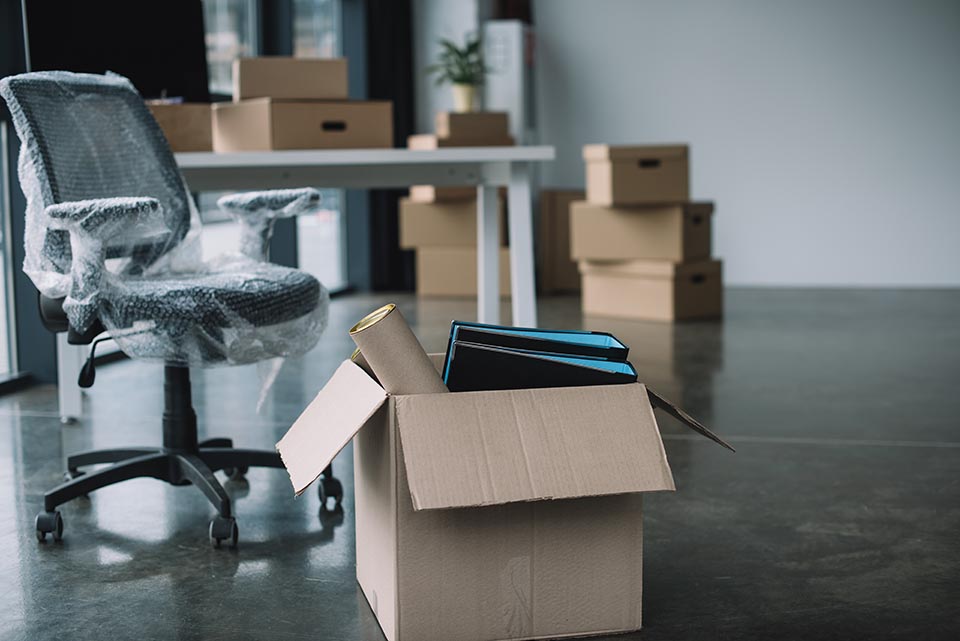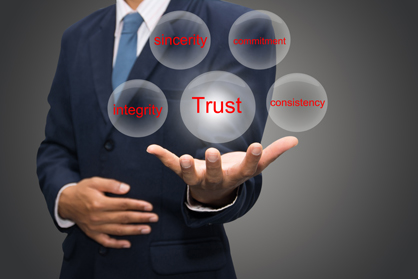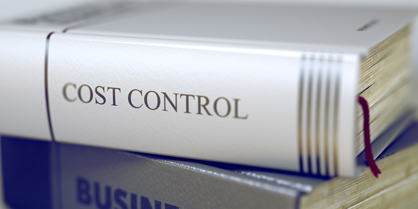
Summary: Studies indicate that alcohol and drug problems are still a big problem within law firms.
The legal industry is all too aware of the addiction problems plaguing their lawyers. Statistics report that 33 percent of lawyers drink too much, many of which admit they have a problem. Even with this acknowledgment, liquor bottles still decorate top attorney and managing partner offices and alcohol-filled parties are provided by the firms for all levels of their staff, ranging from top rainmakers to new laterals to summer associates.
Stories of wild parties and overdosing partners emerge a few times every year but still, the problem persists with little change. Recently published stories include a wild holiday party put on by Kasowitz Benson Torres. The firm denies the story by ProPublica, pointing out that they don’t use any named sources and they have eight statements from their employees contesting the story.
Another big story to hit the news appeared in The New York Times. The story details the overdose death of a partner at Wilson Sonsini Goodrich. The author, Eilene Zimmerman, said, “I firmly believe that law-firm culture, particularly at big firms, has to become more compassionate and more aware of the signs that one of their own is struggling.” The article describes the cascading addiction of a patent attorney through the eyes of his ex-wife.
Clinical director of the EARS Recovery Program Warren Zysman said, “We see two major trends in the legal profession. One is the opioid addiction, and the other is use of benzodiazepines like Xanax.” He added, “We’re seeing a significant rate of increase specifically among attorneys using prescription medications that become a gateway to street drugs.” Zysman explains that most attorneys were using alcohol “but now almost every attorney that comes in for treatment, even if they drink, they are using drugs, too – Xanax, Adderall, opiates, cocaine and crack.”
Lawyers admit that alcohol exists at pretty much every law firm function except for group spinning class or hiking trips. All of the other events like happy hour, firm softball games and barbecues have an abundance of alcohol available where it is expected that everyone will be drinking. A 2016 study found that 85 percent of nearly 13,000 surveyed lawyers admit to using alcohol in the past year, compared to about 65 percent of the general population having consumed alcohol.
Dr. Daniel Angres, associate professor of psychiatry at Northwestern University Feinberg School of Medicine said, “Law firms have a culture of keeping things underground, a conspiracy of silence. There is a desire not to embarrass people, and as long as they are performing, it’s easier to just avoid it. And there’s a lack of understanding that addiction is a disease.”
Law firms that continue to use alcohol as a reward for their lawyers can also utilize the help that is out there for advice and an intervention when they fear someone has gone too far. Lawyer, substance abuse counselor and chairwoman of the American Bar Association Commission on Lawyers Assistance Programs, Terry Harrell, notes that law firm leaders don’t often know what to look for when it comes to addiction and are often so busy themselves that they wouldn’t see it anyway. The ABA has made the requirement for continuing professional development and education “that lawyers be required to take one credit of programming every three years that focuses on mental health or substance abuse disorders.” She said that “by requiring lawyers to attend such programs periodically, the hope is that these concerns will be reduced.”
Do you think law firms should take on more responsibility to ensure that their lawyers are clean and not suffering from addiction? Tell us what you think law firms could do in the comments below.
To learn more about law firms and addictions, read these articles:














